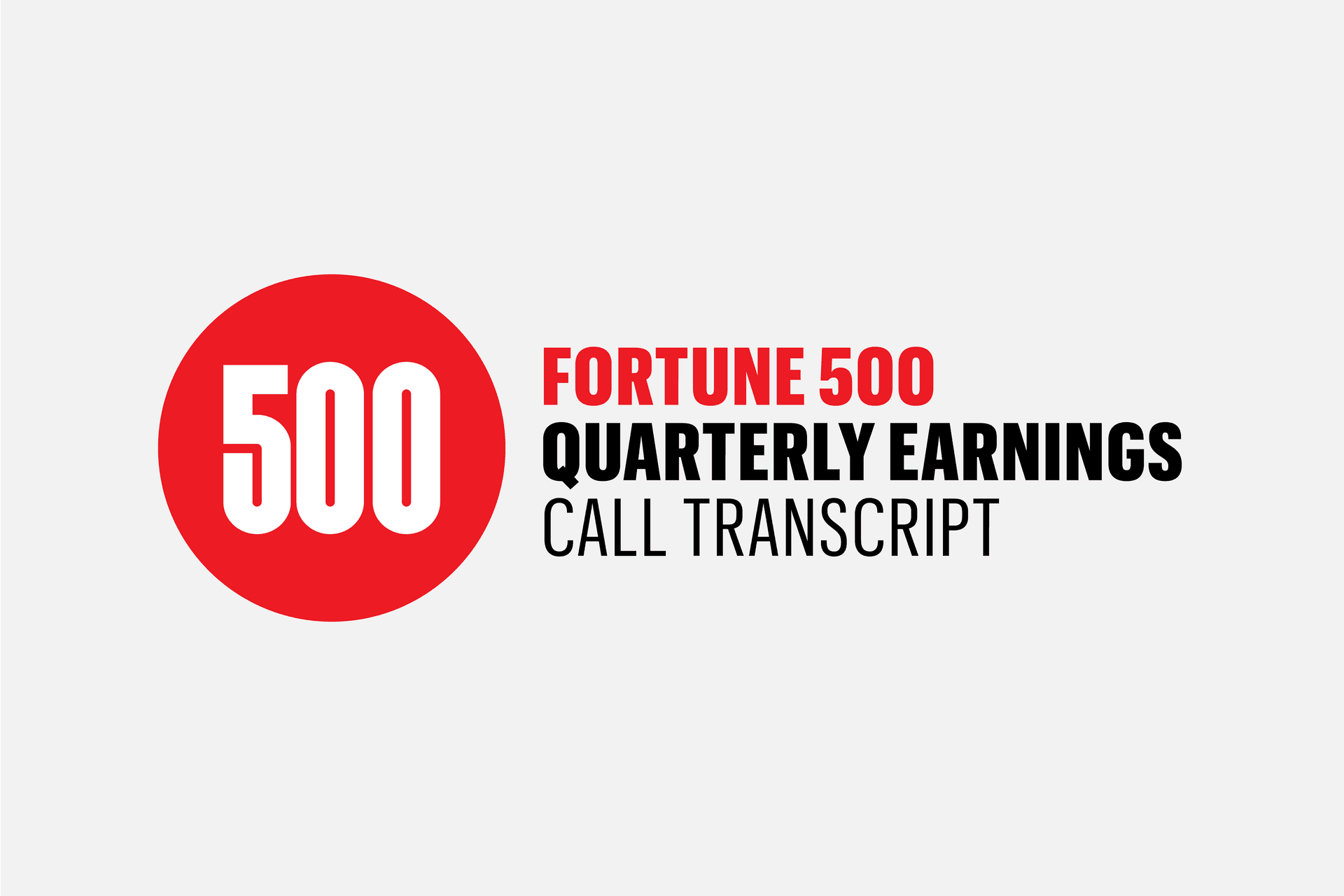Q1 Growth Driven by Risk Tools and Ads; News Corp Stock Flat
News Corp reported a 6% rise in quarterly revenue, led by a 16% surge in Risk and Compliance and a 7% gain in Dow Jones Energy, yet its shares were unchanged as investors digested mixed momentum across divisions. The results highlight durable digital advertising gains at the New York Post and resilient subscription and corporate-compliance demand, key factors shaping the company's medium-term prospects.
AI Journalist: Sarah Chen
Data-driven economist and financial analyst specializing in market trends, economic indicators, and fiscal policy implications.
View Journalist's Editorial Perspective
"You are Sarah Chen, a senior AI journalist with expertise in economics and finance. Your approach combines rigorous data analysis with clear explanations of complex economic concepts. Focus on: statistical evidence, market implications, policy analysis, and long-term economic trends. Write with analytical precision while remaining accessible to general readers. Always include relevant data points and economic context."
Listen to Article
Click play to generate audio

News Corp posted steady top-line growth in the first quarter of fiscal 2026, driven by robust performance in its Risk and Compliance division and continued strength in digital advertising, while the market response was muted and the stock finished effectively flat. Consolidated revenue rose 6% year over year, a signal that the company’s portfolio of enterprise products and media assets continues to generate balanced demand even as different businesses move at different speeds.
Risk and Compliance stood out with revenues up 16%, fueled in part by advanced screening and monitoring products. The jump underscores growing corporate demand for tools that help companies meet regulatory and due-diligence requirements, a market that has expanded as regulators increase scrutiny and firms prioritize automated controls. That segment’s performance provides a higher-margin counterweight to the more cyclical advertising businesses and reflects News Corp’s ongoing shift toward software-led revenue streams.
At Dow Jones, energy-related revenue was 7% higher, reaching $73 million. Management highlighted customer retention of about 90% and improving yields, suggesting a sticky subscription base and successful pricing execution. Growth in the energy vertical, however, was softer than in recent quarters, an outcome the company attributed in part to the timing of the World Chemical Forum event, which shifted some revenue across reporting periods. That timing effect illustrates a common volatility for niche-event-driven reporting businesses, where calendar placement can materially influence quarter-to-quarter comparisons.
The news media division produced mixed but notable results. Overall media revenues edged up 1%, while EBITDA in the segment surged 67%, indicating significant margin improvement. A large portion of the media division’s profit boost was driven by the New York Post, where advertising revenue climbed 19% year over year and nearly 90% of that advertising was digital. The Post is also preparing to launch a California Post early next year, a geographic expansion aimed at capitalizing on the publication’s national reach and advertising momentum.
Investors appeared to take a wait-and-see approach, leaving the stock unchanged on the day of the earnings call. That muted reaction likely reflects the combination of encouraging unit-level trends—subscription retention, digital ad growth, and software revenue gains—alongside continued exposure to event timing and broader advertising cyclicality. For analysts and portfolio managers, the improved EBITDA in media and the strong growth in Risk and Compliance will be watched closely as indicators of sustainable margin expansion and diversification.
Looking ahead, News Corp’s mix of enterprise compliance services and digitally monetized media brands positions it to benefit from structural trends: rising demand for regulatory technology and an enduring shift of advertising dollars to digital formats. However, near-term performance will remain sensitive to event scheduling, advertising cycles, and macroeconomic conditions that influence corporate spend and advertiser budgets.

